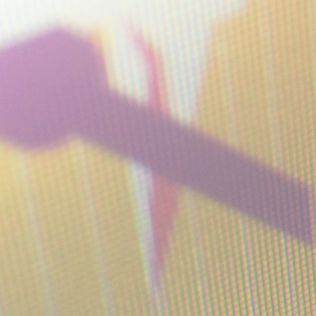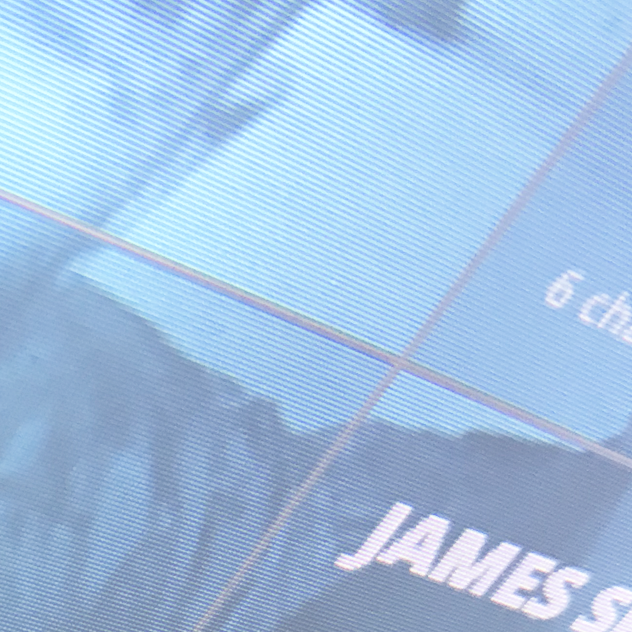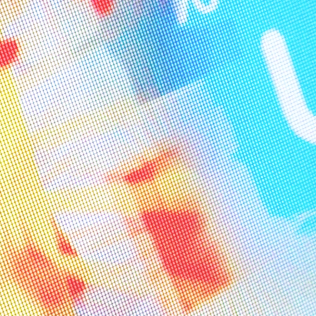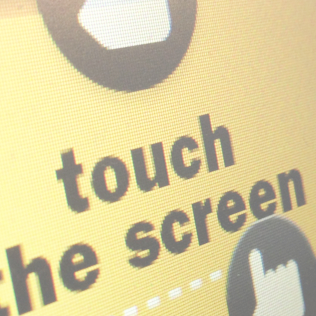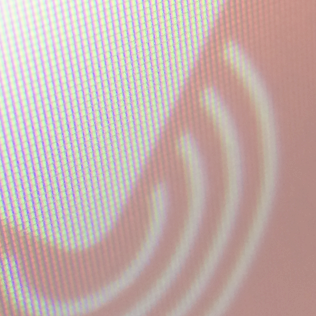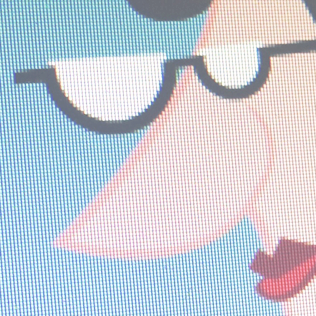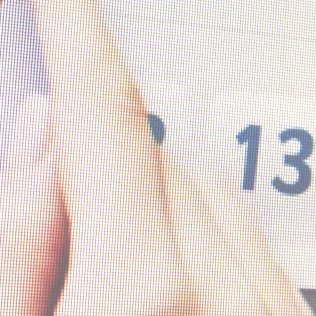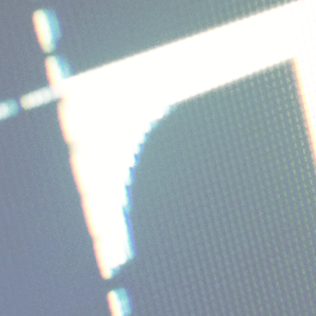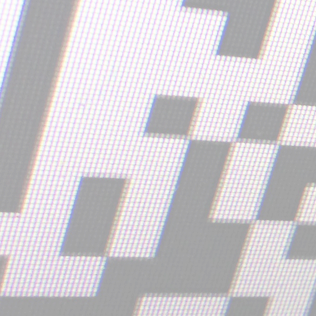TQS Integration are an Irish Company specialising in CPV (Constant Process Visualisation) Software for large scale industry:
Simply put, they make software called LIVEPOINT that securely remotely controls factories - monitors chemical processes, integrates manufacturing data and logistics, and allows clients such as Johnson & Johnson create economies of scale by monitoring global sites simultaneously.
They brought me in in 2013 to begin the process of moving from Flash-based, non-responsive UI to HTML 5 based component libraries: they need to standardise their design language while simultaneously bringing a vast array of visual components into the same framework.
Eventually it was decided that Bootstrap was the best bet for this kind of process, and after a long time working piecemeal on legacy UI we are now engaged in - after testing and customer feedback - standardising their entire suite.
This is a very long process, as can be seen below - but if you keep scrolling, eventually real results can be seen in multi-screen, multi-platform UI.
Simply put, they make software called LIVEPOINT that securely remotely controls factories - monitors chemical processes, integrates manufacturing data and logistics, and allows clients such as Johnson & Johnson create economies of scale by monitoring global sites simultaneously.
They brought me in in 2013 to begin the process of moving from Flash-based, non-responsive UI to HTML 5 based component libraries: they need to standardise their design language while simultaneously bringing a vast array of visual components into the same framework.
Eventually it was decided that Bootstrap was the best bet for this kind of process, and after a long time working piecemeal on legacy UI we are now engaged in - after testing and customer feedback - standardising their entire suite.
This is a very long process, as can be seen below - but if you keep scrolling, eventually real results can be seen in multi-screen, multi-platform UI.
As the Build progressed, it became necessary to explain mobile standards, multi-resolution, and various aspects of UCD across the organisation. This was achieved by collaborating with TQS architects on technical documents, and working closely with their UI people to understand new, non-fixed measurements and proportional UI
One the basic problems of scaling and interacting with the legacy UI had been thoroughly covered, and we had engaged in some very basic testing for touch and small / narrow displays, we began the slow process of porting all of the Flash UI to HTML5. This led to a number of improvements in density of information and general UI coherency which in turn "set" the scale and shape of the UI as we continued to test and build.
Eventually, we had learned all we needed about the complex table structures and multi-pane layouts that LIVEPOINT tends to use, and how they work cross platform, and I started to port all of these designs to a simple bootstrap dashboard template:
These bootstrap templates are also flexible from a point of view of rebranding, and so the same templates are set up to be very easily recoloured and re-trimmed for different brands to use in their factories.
Meanwhile, there are still plenty of unusual displays and use cases for displays going around at TQS, and we often draw up specs for control room monitors and lobby dashboards, which display information from the software to the public.

